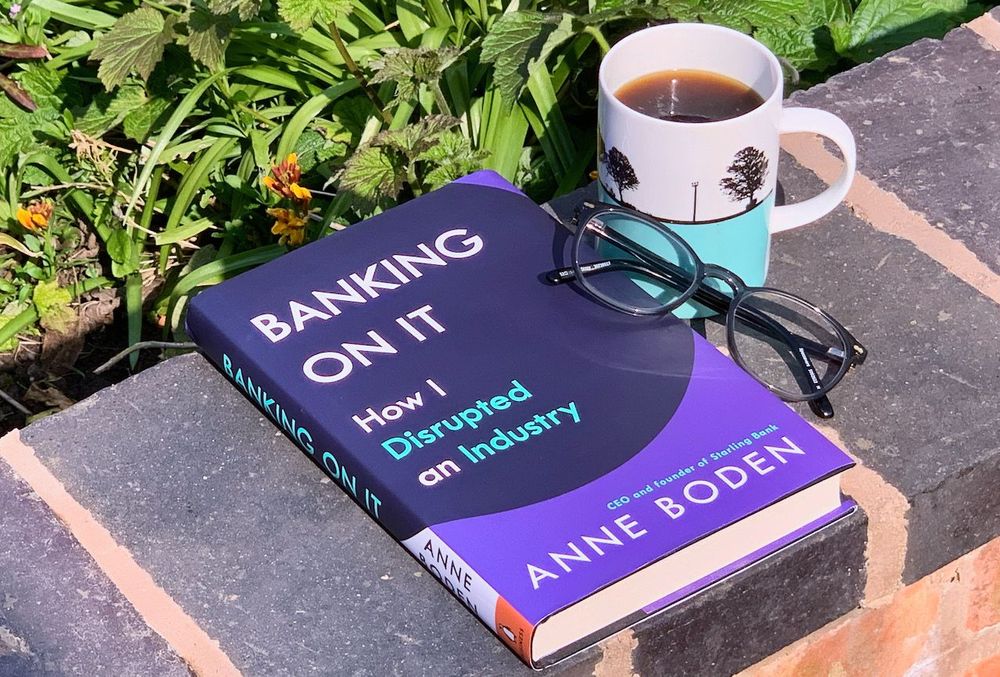Banking On It, by Anne Boden
Banking On It by Anne Boden is the business biography of Starling Bank. It’s Boden’s own story of how frustrations grew into an idea that eventually became one of the most significant new businesses of recent years — an archetypal example of a disruptor in the classic stagnant and stable sector, banking.
Boden’s account describes where the idea of Starling was born, the many challenges she faced on the way, including giving her side of some publicly painful difficulties, and what she did to overcome them.
There’s much for agency leaders and founders to learn from Boden’s story. Along the way, Boden offers real-world clarity on the things that worked for her in starting her business, lending support to some ‘rules’ of starting and growing a business, challenging or undermining others.
The Big Idea
This is a book about what it takes to start a new business. The book's several things at the same time, part biography, part business wisdom. It’s both her account of the genesis of Starling and of the numerous hurdles that she had to overcome as a woman in business, an older woman specifically, developing her new bank from the germ of an idea to a real and successful company.
Although it is essentially an autobiographical account, most of the chapters explore a key aspect of what’s needed to start a new business as Boden’s story and her idea progress through the stages and confront the obstacles of business development.
Starling is the archetypal challenger business, a challenger to the banking industry. Monzo was launched at roughly the same time as Starling, and the stories of the two challenger banks intersect — a difficult moment in their histories that was highly public at the time and which Boden’s account in this book re-opened.
The big ideas that Boden portrays in the book, that defined the key challenger traits of Starling Bank, are portrayed in both the concepts that Boden describes and the story of them in practice.
- The banking sector is built on layers of received wisdom about how retail banks should operate, she discovered — Boden calls this ‘folklore’. For example, retail banks must also be high street banks — they should maintain a network of local high street branches, despite them being hardly used. Or, no one makes money from current accounts. Or, retail banks should offer a full range of financial services and products.
- Although banks had generally been early adopters in the technical revolution of the 1970s and ’80s, the inherent caution (and necessary risk-aversion, since they’re responsible for stewardship of their customers’ money) of the sector meant that most banks were not keeping up with the advance of technology. This was seen especially during the banking crisis of 2007–08. That technical legacy and risk-aversion created a serious limit on the ability of established banks to be innovative.
Banks were stuck in antiquated ways of thinking and encumbered with old technology. This presented a space for a challenger to exploit, a blind spot that allowed Starling (and other challenger banks) to disrupt the industry.
